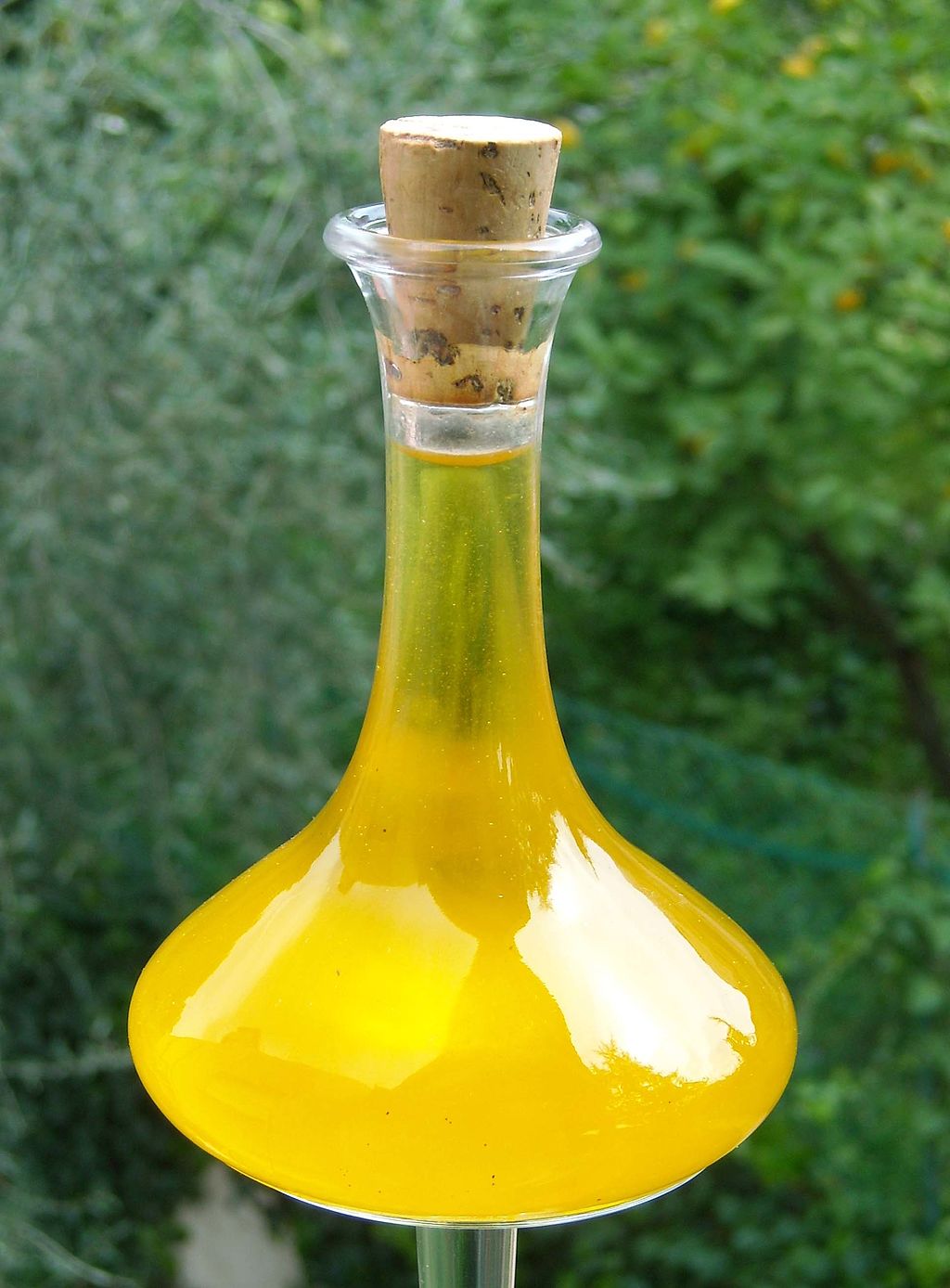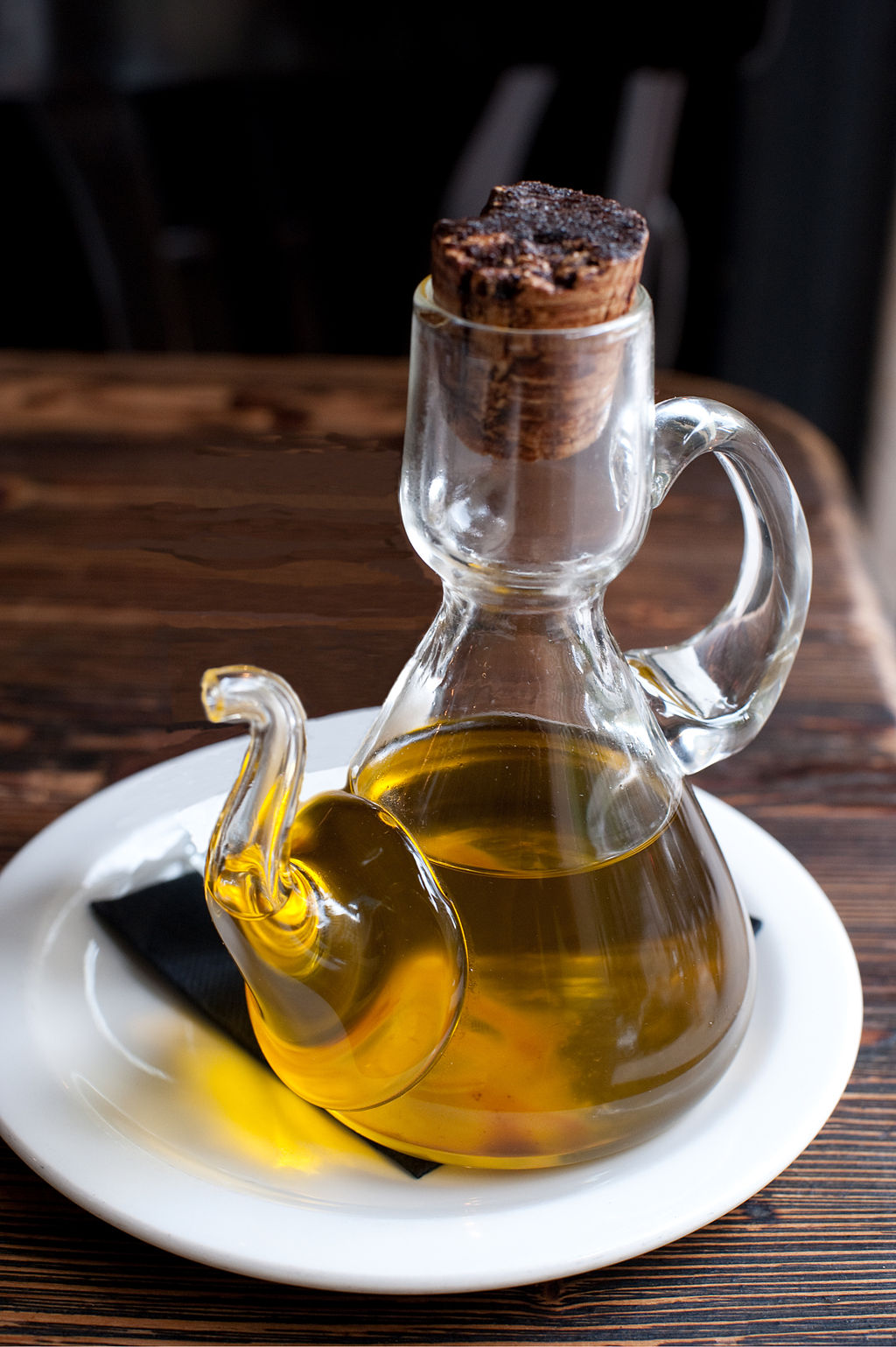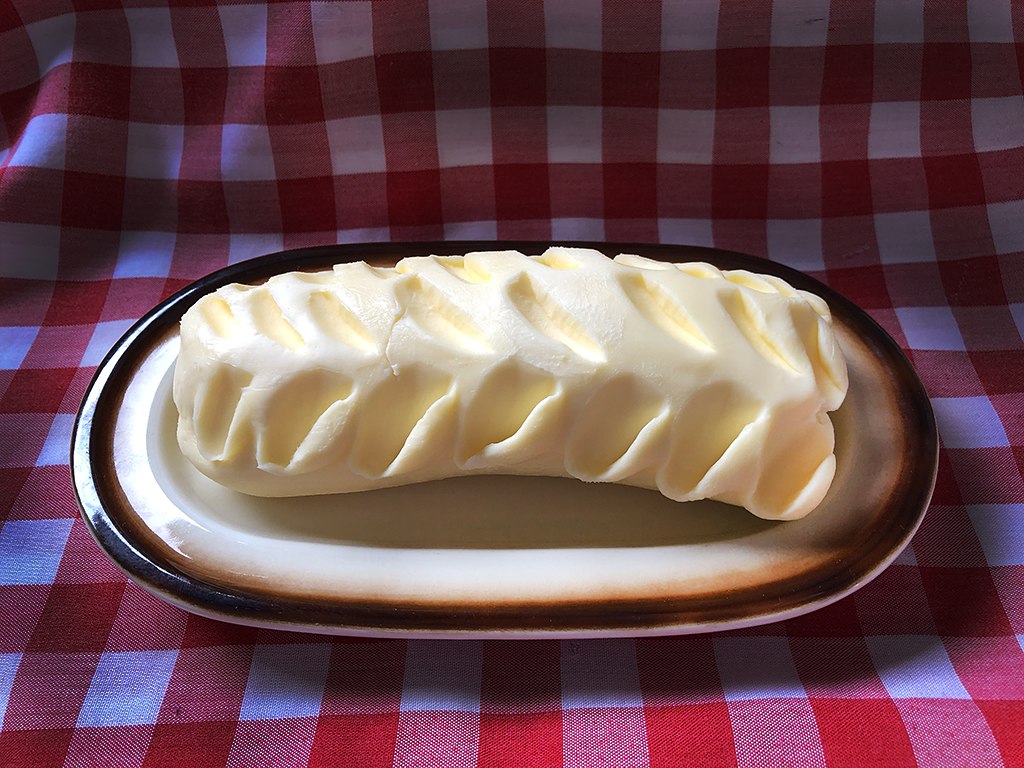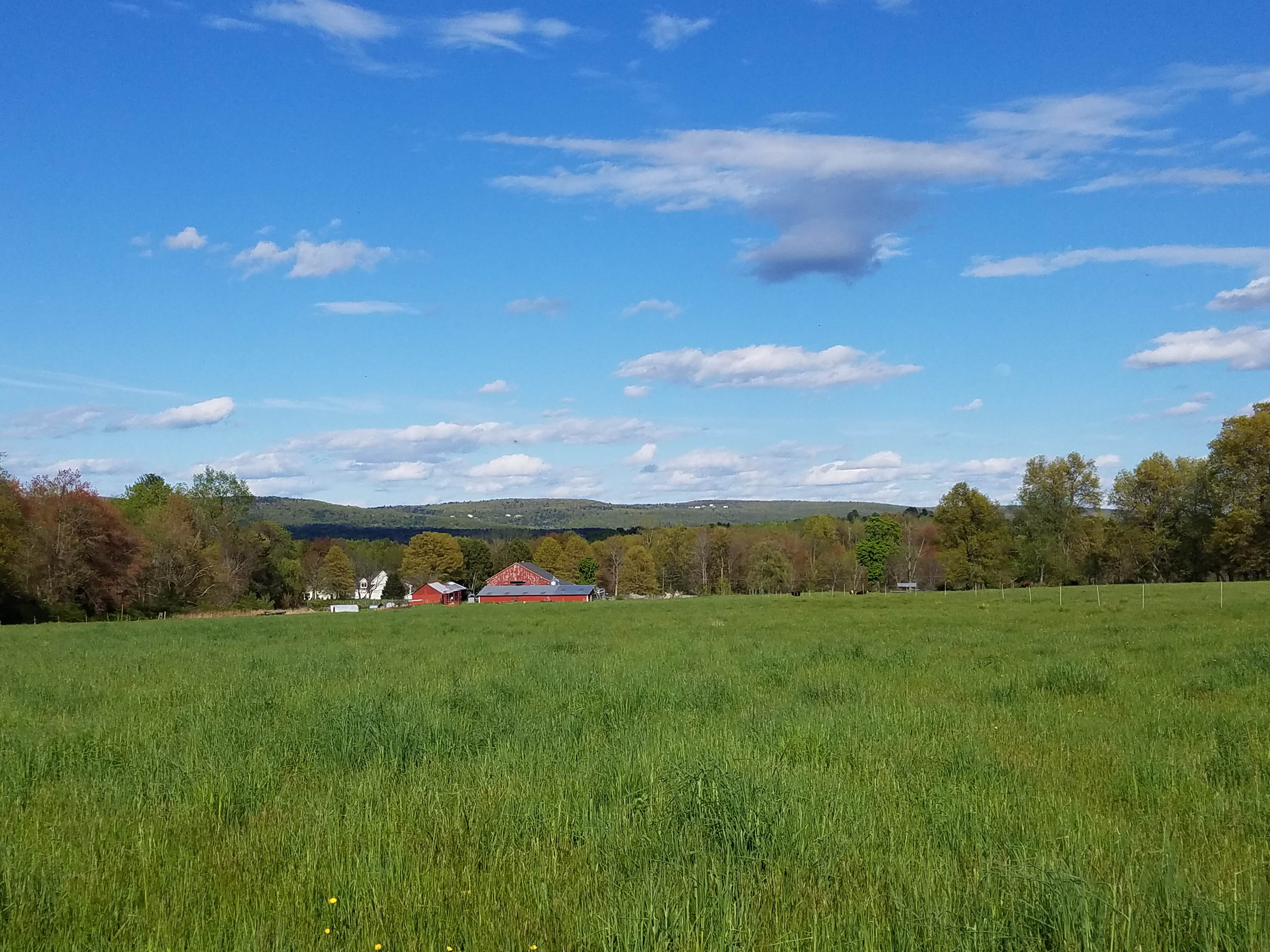
Olive oil from Oneglia by Lemone. Source: https://commons.wikimedia.org/wiki/File:Olive_oil_from_Oneglia.jpg
Are you curious about the different types and qualities of oils available for you to cook with? Wondering what a “smoke point” is?
Below is an overview of the basic types of cooking oils you are most likely to need or encounter in the kitchen, along with their various pros and cons.
Note: Always remember that you should never pour oil or fats down the sink, as this is a disaster for your plumbing. The oil will congeal, clog up the pipes, and trap other debris – which can turn into an expensive pain in the neck. To avoid this, many people pour their used oil into an aluminum can next to the sink, wait until the can is full, and then dispose of it in the trash can.

Olive oil by jules/stone soup, modified by Ninrouter. Source: https://commons.wikimedia.org/wiki/File:Aceite_de_oliva_ed.jpg
Vegetable-based oils
Olive oil
You may have noticed that many of our recipes so far have called for olive oil; it’s popular both in cooking and as a dressing (e.g. for salad) because it is relatively healthy and has a flavor that many people find pleasant. On the downside, however, the flavor, which is often great in savory dishes, can be pretty terrible in something sweeter – like pancakes, for instance. Olive oil can also have a low smoke point (especially the extra virgin kind, also known as EVOO), which makes it unsuitable for high temperature cooking. (A smoke point, in case you were wondering, is the point at which the oil starts to smoke in the pan, which is turn is related to how acidic the oil is. Please see this link for a list of common cooking oils and their various smoke points.) The lower the smoke point, the lower the heat you can apply; for instance, olive oil is good for the lower temperatures needed when sauteeing, but is really not what you want if you’re making french fries.
Olive oil comes in 3 basic types: “extra virgin”, “virgin”, and “pure” (or “refined”). (Yes, we also would like to have a word with whoever invented these categories.) “Extra virgin” is considered the highest quality, derived by cold mechanical extraction without the use of solvents or other refining methods; many people prefer it for flavor, but it has the lowest smoke point of the three types. “Virgin” is made by a process similar to extra virgin, but the oil itself has slightly more impurities and also has a higher smoke point. “Pure” or “refined” olive oil is filtered using charcoal and/or other chemical or physical filters, as opposed to cold mechanical extraction; it generally has the highest smoke point of all the olive oils, so that you can use it for higher-temperature applications.
Canola/vegetable oil
Other common oils include canola, “vegetable”, sunflower, safflower, soybean, grapeseed, avocado, coconut, and peanut. Of these, canola and/or vegetable oil are often the cheapest and easiest to use. Unlike olive oil, they have a relatively neutral flavor and a high smoke point, which makes them suitable for activities like deep frying. They also have the benefit of being vegetarian/vegan friendly and avoid the nut-allergy risks posed by coconut and peanut oil. Canola is made from a plant called rapeseed (seriously, who are these people??!!), which is a type of brassica. “Vegetable oil” is most commonly made from a combination of any of the following: canola, sunflower, safflower, and/or soybean oils; if you want to know for sure what you are buying, just check the label.
Margarine, shortening, and other spreads
Margarine is mostly made of a combination of vegetable oil and water. “Spreads”, which are essentially newer variations on margarine, can be made of a wide variety of oils, including olive oil. Some spreads contain dairy and some don’t, so if you are avoiding dairy, be sure to check the labels. Shortening (commonly referred to by the brand name Crisco) is similar to margarine but is solid at room temperature, and is often used as a substitute for butter when making crumbly pastries.

Manteca asturiana by Amasuela. Source: https://commons.wikimedia.org/wiki/File:Mantega_de_Asturies.jpg
Animal-based oils
Unlike many vegetable oils, animal-based oils are usually solid at room temperature. Animal-based oils have historically been regarded as less healthy than vegetable-based oils, as they contain higher levels of saturated fats, which in turn increase your levels of “bad” cholesterol. Although a full discussion of this topic is far beyond the scope of this blog, recent evidence suggests that saturated fats may not be as unhealthy as previously thought; if you are interested in this topic, we encourage you to investigate it further on your own.
Butter
If you are a fan of dairy, you are probably also a fan of butter. Yes, you can cook with butter – just not at high heat, as the milk fats have a very low smoke point. If you like the flavor of butter but want to cook with it at higher heat, you can use clarified butter, in which the milk solids and water have been removed, leaving only the butterfat. (The most commonly-available type of clarified butter (at least around here) is ghee, which originated in ancient India.) Unfortunately, ghee is considerably more expensive (and harder to find) than butter, so keep that in mind if you are on a budget.
Lard
Lard, which is pig fat, is the most common commercially available form of animal fat. Although it generally fell out of favor in the west after the industrial revolution, it has been making something of a comeback recently among foodies due to its high smoke point and wide range of uses, particularly in making flaky pastries. If you use lard, be aware that many people have restrictions, religious or otherwise, against the consumption of pork, so proceed with caution if serving it to a group.
Pan drippings
There is an age-old custom of saving the pan drippings from cooked meat to flavor future meals or side dishes. (Pan drippings are whatever is left in the pan – usually oil, juice, and herb/spices – after the meat is removed.) This can be delicious, economical, and practical (as pan drippings generally should not be poured down the sink, as previously discussed). As with lard, when using pan drippings be sure to consider the food restrictions of anyone you may be serving; also, it is best to cover and refrigerate your drippings and use them promptly to prevent them from going rancid. Pan drippings can be great in gravies, soups, and stocks; for instance, traditional Thanksgiving gravy often includes pan drippings from the turkey.


Pingback: Food, Farm, and Sustainability » Many ideas for broccoli
Pingback: Food, Farm, and Sustainability » Seasoning and caring for cast iron